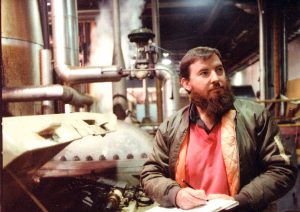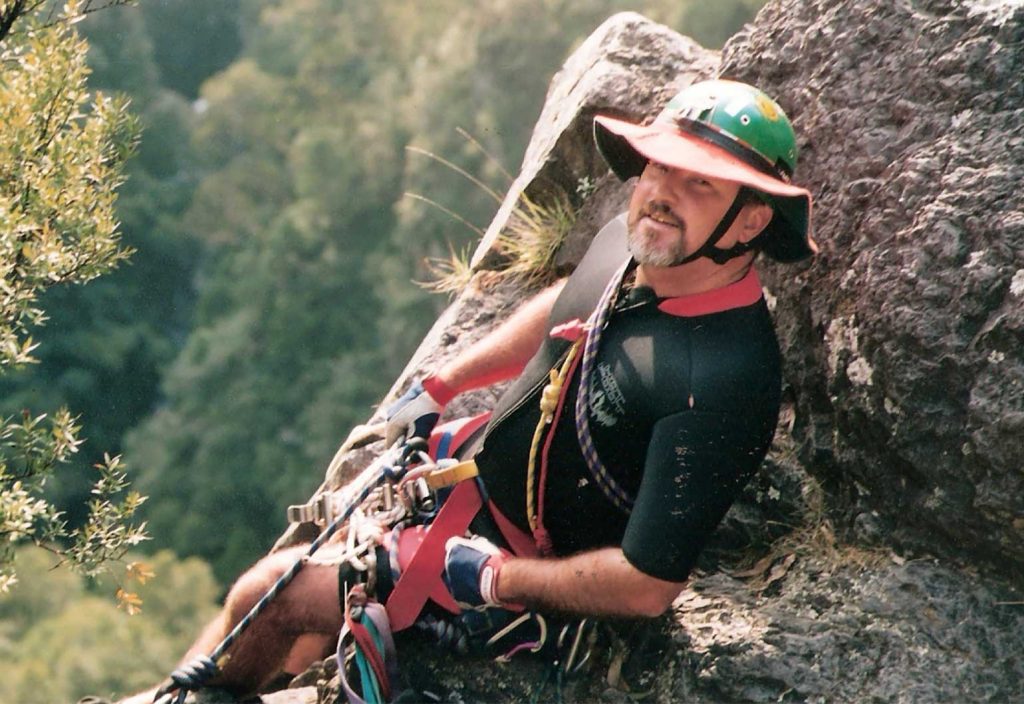By combining his love of bushwalking with his engineering knowhow, one mechanical engineer has improved the chances of State Emergency Service (SES) rescuers finding people alive.
When not occupied with his engineering work at manufacturing firm Borg Panels, Alan Sheehan regularly hikes in the Kanangra Boyd wilderness, in the New South Wales Central Tablelands. Kanangra-Boyd National Park is 686 square kilometres of rugged bushland and, for less experienced bushwalkers, it can prove too much to handle.
When someone goes missing in the bush, the traditional way to search is for a team to form a line, with each member about one metre apart, and walk the line slowly through a grid drawn on a map. But in Kanangra, with its spectacular cliffs and gorges, this isn’t always possible.

Thinking he could bring his engineering skills to help locate missing people, Sheehan joined Oberon SES in the mid-1980s.
“My first few searches with Oberon SES at Kanangra were like nothing I expected. The deeply incised terrain means that line searching is simply not an option,” Sheehan told create.
“Being an engineer and having a deep desire to understand how things work, I set about learning about how searches should work.”
After gathering information from leading search and rescue experts in the United States and Canada, and combining this with his knowledge of probability, Sheehan developed a framework he calls ‘intelligent searching’.
This framework aims to make better use of available information, including a description of the person, the time and location they were last seen, their intended route, contingency plans they had and their medical history.
The idea is to predict their behaviour and identify likely places to look for the missing person. The SES can then send out ‘hasty’ teams of three to four people that can rapidly cover the search area.
“It is a tremendous advantage to searchers to realise that different types of people behave differently when lost. This means we find them quicker, using fewer resources and with less expense,” Sheehan said.
“When I got involved, I started using the probability and statistics I had learnt in engineering. Even though we don’t know where they are, the probability that a person is either inside or outside the search area is 100 per cent, or 1. The way they were doing it, the probabilities didn’t add up to 1. Because they didn’t do that, they came up with decisions to abandon searches or sections of searches prematurely.”
A search plan for every incident
Using Sheehan’s framework, search and rescue personnel now create two to four search plans with scenarios and probabilities. These are then combined to provide initial search sector probabilities.
The scenario analysis is a three-stage process that gives a weighted score to each scenario, which is then applied to each sector to assess its probability.
To ease this process, Sheehan developed Excel spreadsheets to calculate the probabilities. When no computer is available, Oberon SES use a set of look up tables and forms to allow the same calculations to be performed with minimal mathematical ability
Each search area is then split up into sections that can be searched in a reasonably short time, roughly four hours.
The most likely location of a lost person is determined by using everything known about them to estimate the speed they were travelling. Then, knowing the time elapsed since they went missing and their last known position, it is possible to determine the radius of the search area.
Confinement teams are then positioned at the farthest possible distance to stop the search area expanding.
“Confinement is the single most important and critical action to be taken in a search and must happen as soon as possible,” Sheehan explained.
Research has found that the optimum probability of detection to find search subjects alive is just 30 per cent, and it is more effective to search each sector multiple times quickly. Each time a sector is searched, the results are reported and used to recalculate the sector probabilities.
“Large search teams are undesirable,” Sheehan said. “They are slow, hard to manage and difficult to support … The line can only progress at the speed of the slowest searcher, and all must stop when clues are found.”
More than just probability
Sheehan’s engineering skills have helped Oberon SES in other ways, too.
When rescuing people from cliff edges hundreds of metres high, Sheehan uses vector strength and stress analysis to work out the mechanical advantage and safe working load to prevent making a mistake when setting up ropes or a rescue derrick.
Sometimes he has to scratch his calculations in the mud, sketching the vector diagrams to scale and measuring with his hands and fingers. This is necessary as the team faces such varying situations.
Sheehan has been with the SES for 35 years and said he is grateful to be able to provide additional assistance by using his mechanical engineering skills. He has received many awards for his work with Oberon SES, including an SES National Medal.
